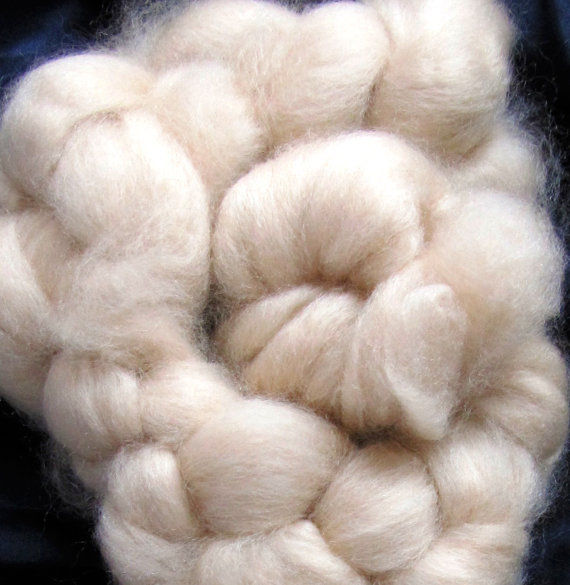Discovering What Material Is Cashmere and Its Role in Premium Clothing
Discovering What Material Is Cashmere and Its Role in Premium Clothing
Blog Article
Exploring the Different Types of Cashmere a Natural Fiber for Ultimate High-end
Cashmere, a natural fiber, is often linked with deluxe and comfort. The a lot more inexpensive Chinese cashmere, the typical Scottish variation, and the high-end Italian mix, all tell a various tale of this amazing fiber.
Recognizing the Glamorous Nature of Cashmere
Cashmere, typically related to deluxe and convenience, holds a distinct appeal worldwide of natural fibers. This soft, light-weight material is fancied for its exceptional warmth and exceptional resilience. Unlike various other natural fibers, cashmere combines insulation with breathability, using unmatched comfort across differing temperature levels. Its shiny surface and soft texture add to its high-end appeal, justifying the premium rate that typically features cashmere garments. Furthermore, cashmere's inherent wrinkle resistance and flexibility enhance its value, making it a recommended selection for premium apparel and devices. Regardless of its delicate look, cashmere has a shocking durability, able to maintain its shape and elegant feel over time. This distinct blend of attributes seals cashmere's setting as an icon of beauty and indulgence.
Simply What Is Cashmere and Where Does It Originate from?

Offered these exceptional high qualities, one could question the origin and makeup of this elegant fiber. Cashmere is originated from the soft undercoat of cashmere goats, largely discovered in Mongolia, China, Iran, and Afghanistan - is cashmere a natural fiber. These goats are adjusted to severe weather conditions, generating an extremely fine, soft underfur as a protection versus the bitter cold. This underfur, or undercoat, is what is collected for cashmere. Each spring, when the goats naturally dropped their winter season layer, farmers comb the fine underhair, leaving the coarser hair behind. This careful procedure adds to the shortage and high expense of cashmere. With its beginning in the extreme landscapes of Asia, cashmere is a testimony to nature's ability to produce deluxe from hardship.
Translating the Various Kinds of Cashmere
Recognizing the different kinds of cashmere is vital to appreciating the top quality and unique attributes of this elegant fabric. Generally, cashmere is classified right into 3 types: raw, virgin, and reused. Deciphering these kinds is the very first step in recognizing the exclusivity and worth of cashmere.

The Unique Qualities of Each Kind of Cashmere
Having discovered the different groups of cashmere, it comes to be evident that each kind flaunts its special set of characteristics. Mongolian cashmere, as an example, is renowned for its exceptional top quality, as a result of Mongolia's harsh winters that produce longer and finer fibers. Conversely, Chinese cashmere is usually much more budget friendly, though its shorter fibers can reduce resilience. Scottish cashmere is celebrated for its elegant softness, an outcome of the standard water cleaning process making use of Scotland's soft water. Italian cashmere, meanwhile, is renowned for its masterful mixing and coloring methods, making it functional and lively. Indian cashmere, also understood as Pashmina, is cherished for its amazing agility and warmth. Each type, hence, adds to the fabric's credibility for luxury.
Why Cashmere Is the Epitome of High-end in vogue
Cashmere holds an esteemed position in the globe of fashion, pertained to as a symbol of luxury and sophistication (is cashmere a natural fiber). Cashmere is derived from the fine original site undercoat of Himalayan goats, understood for their remarkable top quality fiber. Cashmere's unrivaled convenience and durability make it a desired product in the development of premium garments.
The Process of Making Cashmere: From Goat to Garment
The journey of cashmere, from being an undercoat of a this hyperlink Himalayan goat to an extravagant garment, is an elaborate one. This blend is after that painstakingly divided, with just the soft down used for cashmere. From goat to garment, each step is a testament to the ability, patience and virtuosity included in crafting cashmere.

Conclusion
In conclusion, cashmere, with its natural elegance and unequaled convenience, preponderates worldwide of high-end fashion. The diversity in types, varying from the soft Mongolian, light-weight Indian Pashmina, budget friendly Chinese, traditional Scottish, to the colorful Italian, exposes the convenience of this natural fiber. The scrupulous process of changing it from a goat to a garment better includes in its exclusivity, making cashmere the epitome of sophistication and high-end.
Cashmere, an all-natural fiber, is frequently connected with luxury and convenience (is cashmere a natural fiber).Cashmere, often linked with high-end and convenience, holds an unique allure in the globe of all-natural fibers. Unlike various other all-natural fibers, cashmere combines insulation with breathability, providing unrivaled convenience throughout differing temperatures. Cashmere is obtained from article source the soft undercoat of cashmere goats, primarily discovered in Mongolia, China, Iran, and Afghanistan. Cashmere is acquired from the great undercoat of Himalayan goats, recognized for their premium top quality fiber
Report this page